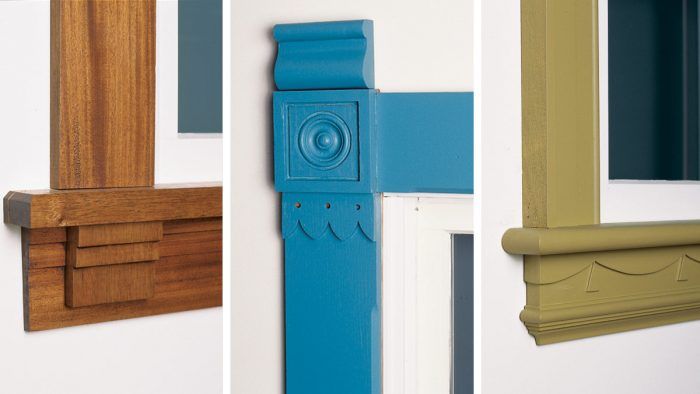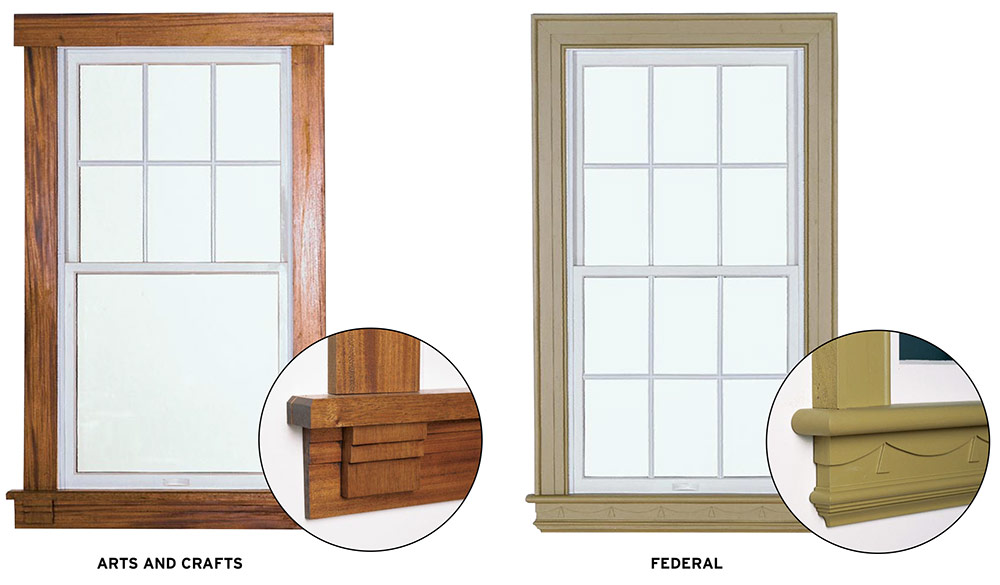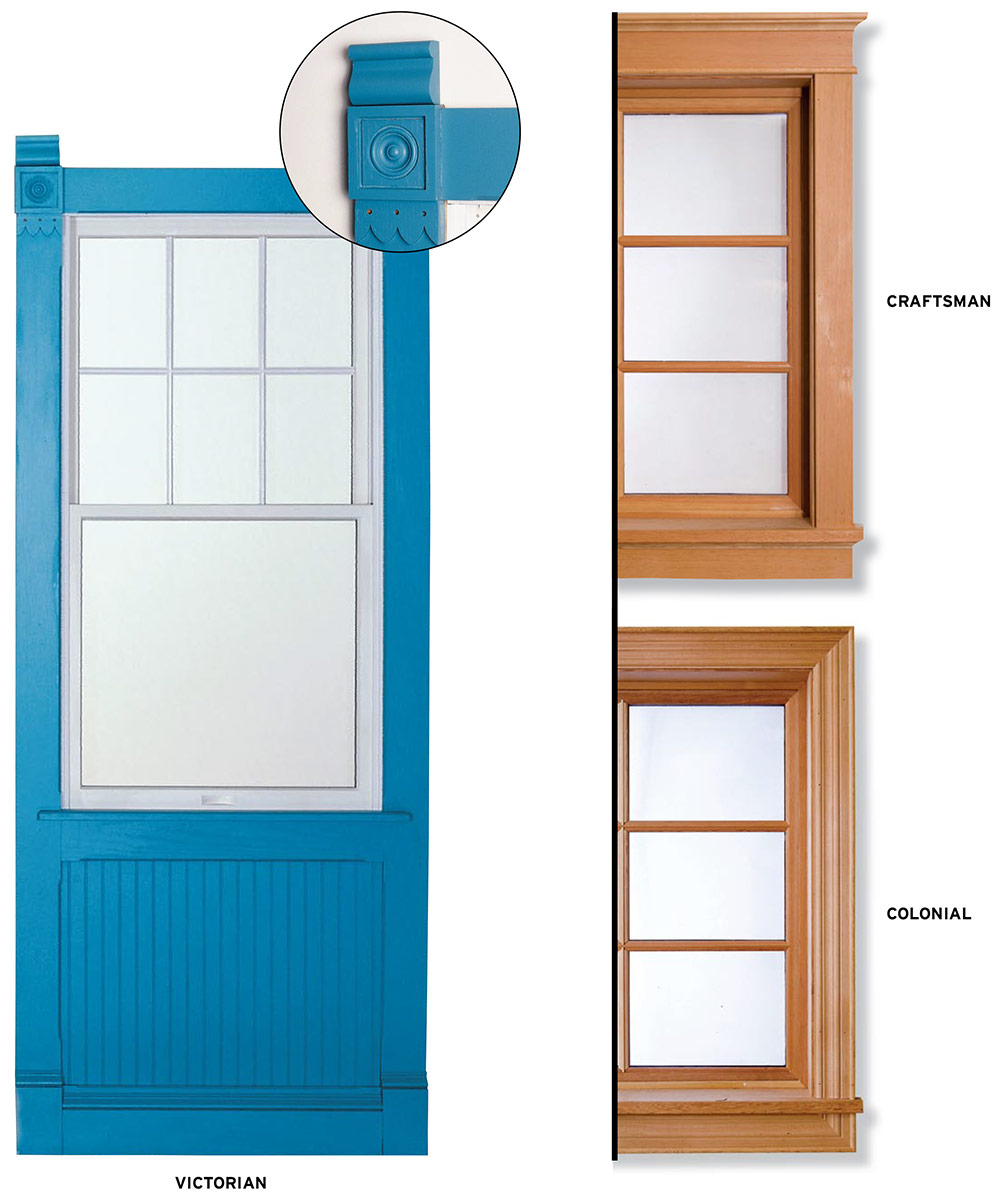Choosing an Interior Trim Style for Your House
Get tips for matching the look and size of moldings to match your home and your personal aesthetic tastes.

If you are remodeling or adding on to an existing house that was built in a distinct architectural era, it’s likely the decision about style is already made for you: you will simply match the new trim with the old. If you are not constrained to a particular style period, however, the design options are wide open. To narrow down your choices, first decide whether you are looking for a formal or informal look. Formal trim tends toward ornate, complex profiles and is often painted to put the emphasis on its form rather than the material itself. Informal trim, on the other hand, tends toward simple profiles and is often finished clear so that the grain of the wood is visible.
To develop a sense of the kind of trim that most appeals to you, browse online inspiration resources like Pinterest or Houzz, leaf through home magazines or, better yet, tour finished homes. Bookmark stuff you like online, or save magazine clippings and any snapshots you take in a scrapbook, adding notes to the images that indicate what you like (or even don’t like). If your tastes run toward the contemporary you will likely find yourself drawn to flat, minimally molded trim—and not a lot of it. A good example of contemporary style trim is the wood sill of a window opening that is wrapped with sheetrock on its sides and top (which eliminates the need for any additional trimwork). The sill might be painted for an even more contemporary look.
Scaling trim
Once you have answered the question about the style of the trim, the next consideration is how to size it properly. The size of trim (or, to be precise, how its size is perceived) is directly related to the scale of its surroundings. For example, a certain size crown molding might seem too large if used in a room with 8-ft. ceilings, yet in another room with a high ceiling it might appear too small. This scaling effect is true with all trim elements: The size of the space dictates the size of the components.
As you are looking at trim examples, also be aware of how trim can affect the sense of proportion of doors, windows, walls, and even the entire room. For instance, tiny windows set in a large expanse of wall usually look “funny” and out-of-place if trimmed out with moldings sized to the windows rather than to the scale of the room. In this case, larger-than-usual moldings can help make the windows look larger and therefore in more pleasing proportion to the room. As an example of how moldings can dramatically affect the overall feeling of a room, notice how tall, monolithic-like walls are tamed to feel comfortably human-scale with the addition of chair rails, wainscoting or perhaps horizontal band boards that run over the top of the windows and doors.
Excerpted from Trim Complete: Expert advice from start to finish by Greg Kossow
Available in the Taunton Store and at Amazon.com.








